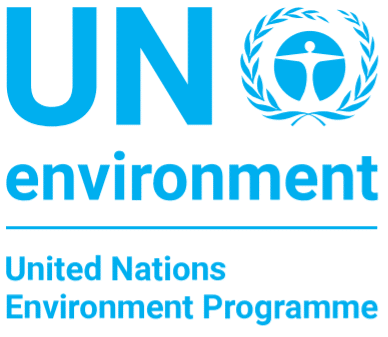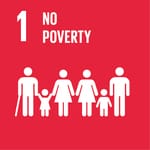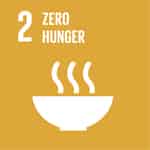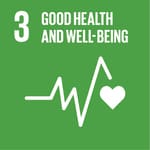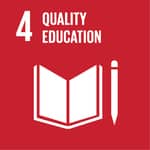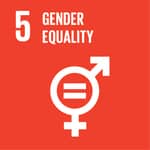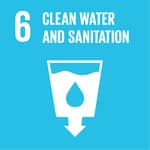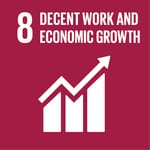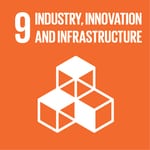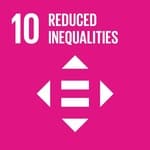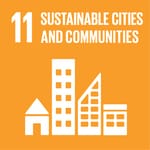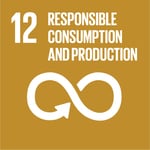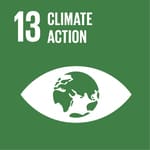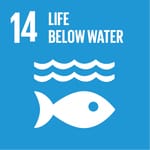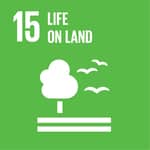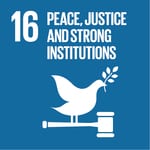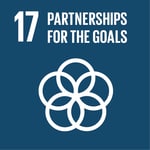It sets the global environmental agenda, promoting the coherent implementation of the environmental dimension of sustainable development within the United Nations system. It aims “to provide leadership and encourage partnership in caring for the environment by inspiring, informing, and enabling nations and peoples to improve their quality of life without compromising that of future generations.” It sponsors the Green Economy Initiative, the Climate and Clean Air Coalition, World Environment Day, and the UN Environment Assembly. The inaugural UNEA in March 2014 had over 1200 participants, 170 national delegations, 112 delegations headed at minister level and 40 events during the five-day event at UNEP’s Headquarters in Nairobi.
Divisions:
- Early Warning and Assessment (DEWA)
- Environmental Policy Implementation (DEPI)
- Technology, Industry and Economics (DTIE)
- Regional Cooperation (DRC)
- Environmental Law and Conventions (DELC)
- Communications and Public Information (DCPI)
- Global Environment Facility Coordination (DGEF)
Focus areas:
Publications:
- News & Stories
- Knowledge Repository
- Project Data
- Science & Data
- Annual Report
- An extensive library of 6000+ annual reports, assessments, case studies, fact sheets, policy and strategy papers, reports, etc.
- HIGHLIGHTS:
- Global Assessment of Soil Pollution (June 2021, 846p) – This report “considers both point source contamination and diffuse pollution and details also the risks and impacts of soil pollution on human health, the environment and food security, without neglecting soil degradation and the burden of disease resulting from exposure to polluted soil.”
- Sixth Global Environment Outlook (March 2019, 745p; 28p summary in six languages) – A series of flagship reports. First published in 1997, this 6th report (GEO6), with the theme of “Healthy Planet, Healthy People,” covers climate change as a priority issue, the growing chasm between rich and poor countries, declining genetic diversity as a threat to food security and ecosystem resilience, rising sea levels and ocean temperatures, ocean acidification, water quality “worsened significantly since 1990” in most regions due to organic and chemical pollution, governance challenges, biodiversity (“a major species extinction event is unfolding”), land and soil, resources and materials, effectiveness of environmental policies, the need for transformative change, innovations for systemic transformation, trends in target achievement for selected Sustainable Development Goals, and benefits from following sustainable future pathways: human health and well-being, prosperity, and resilient societies.

